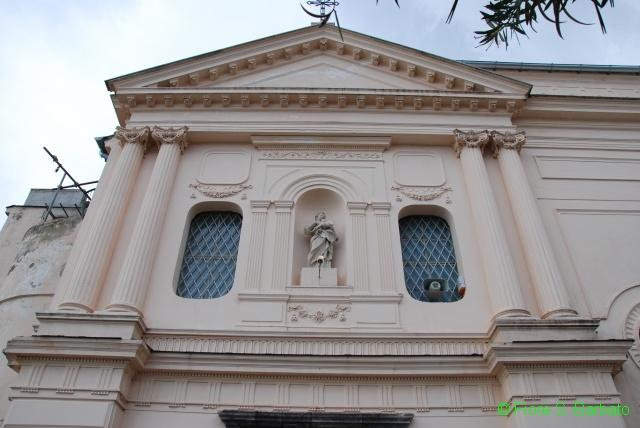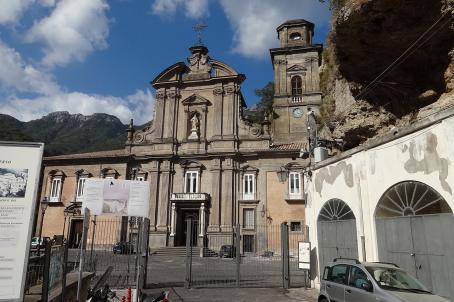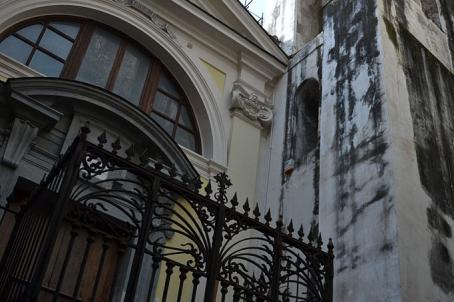Church of Santa Maria delle Grazie

The church of Santa Maria delle Grazie was built between 1538 and 1540 and its foundation is linked to the discovery of a fresco, on a rocky wall, representing the Virgin suckling her Son. Following this event, the primitive church was built incorporating the fresco. The construction was carried out by the main families of the village (De Cesare, Consiglio, Liguori, Giordano, Giiuliano), responsible for the administration of the village. The facade is in an eclectic style, in which, however, a classical style emerges, evident in the aedicula on the second floor and in the crowned pediment.




